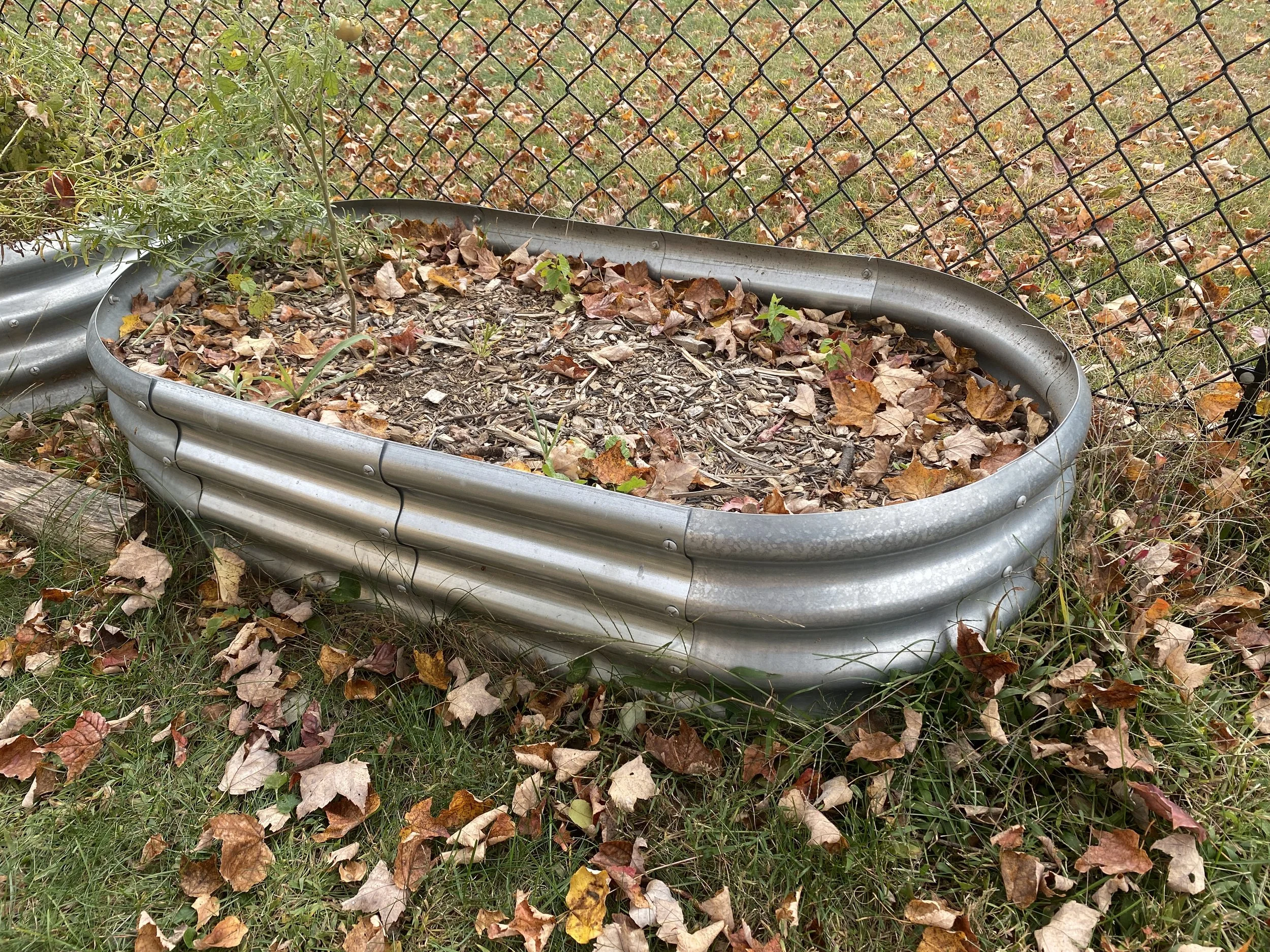Our Favorite (and Least Favorite) Vertical Gardening Setups
Vertical gardening setups are crucial to small space gardening. On our 0.33 acre property, we use vertical gardening setups to maximize harvests and ensure we can grow as much of our own food as possible in the space we have. Over the years, we have tried numerous types of vertical gardening setups, such as DIY metal archways, build your own trellis systems, ladder planters, as well as the more traditional tomato cages. While some work wonderfully across the garden, some are only useful in certain spaces or with certain plants (and some we just altogether did not like). Here’s our take on the pros and cons for the vertical gardening setups that we have personally tried in our garden.
Disclosure: This post contains affiliate links. As an Amazon Associate, I earn from qualifying purchases.
Our Favorite: DIY Metal Archway
Pros: Affordable, weather resistant, great for vining plants, creates stunning archways, high weight capacity
Cons: Requires anchoring to prevent bending or tipping from wind, difficult to relocate
This is one of the simplest ways we have elevated our garden space. We created several metal archways throughout our property, which provides a beautiful space for vining plants to grow, as well as stunning archways for us to walk through. We repurposed fence materials from when we adopted our puppy, so we did not spend any money to create these archways, but the materials are very affordable (under $100). They’re made of wire fencing (or cattlegate), which we purchased in a roll from Home Depot, metal t posts, and zip ties. The wire fencing is easy to cut to size with bolt cutters. We have re-used the materials over and over in our property and they hold up to the weather conditions very well. The fencing is anchored by the t posts and we have not had any issues with tipping over, even in our extremely windy area. This method of vertical gardening will continue to be one of our most used methods on our property.
Build your own trellis system
Pros: Customizable to any plant or space, easy to modify over time
Cons: May require frequent adjustments, less durable, requires seasonal disassembly
A build your own trellis system is something we didn’t know existed until we saw it online. It is usually a combination of poles, connector pieces, and clip on support beams. This method of vertical gardening is extremely versatile, since you can create trellises based on the exact size you need for any plant or garden bed. We use this for most of our plants because they work in almost any grow set-up (i.e., raised garden beds, in ground garden space, and fabric pots). We did have to purchase several sets of this trellis system so we would have enough for the number of plants we have, but they have held up pretty well over time. Some of support beams have broken or warped in the sun or from weight of the plants, but the majority of pieces still work very well. This trellis system (affiliate link) remains one of our favorite options because of its versatility to use in any space and how customizable it is based on individual plant size.
Ladder Planter
Pros: Ideal for small spaces, tiered structure maximizes vertical space, portable
Cons: Limited space for roots and growth, requires frequent watering
A ladder planter is typically used for specific types of plants that have shallow root systems. We originally purchased a ladder planter to use for strawberries, but we had a difficult time keeping the soil moist enough to produce strawberries well. We relocated the planter to a different part of our yard and started using it to grow herbs, which has worked a lot better. We often grow catnip in the higher planters, which helps keep the neighborhood cats away from it. It is also great for herbs where we want a large harvest, like parsley, cilantro, or chives. With how close the planters are to each other, you have to be careful not to grow anything too tall or it may block out the sunlight to other plants. While this isn’t our favorite, it’s a planter that we own and will continue to use, especially for small plants.
This vertical garden planter (affiliate link) has 5 containers and works great for strawberries, herbs, or other small rooted plants.
Tomato Trellis
Pros: Improves airflow, cheap and easy to find, reusable if made from sturdy materials
Cons: Requires regular maintenance, doesn’t work well with a lot of plants
Tomato trellises are one of the easiest and cheapest vertical planting options available. You will see these at most garden stores and they are usually made of galvanized steel. We find that these trellises can hold up over time in terms of rusting, but we have had several of them break at the joints over the years. The trellis is also a very specific size and it often does not work for most of our plants. Even for tomatoes, depending on the variety you are growing, the trellis may be too small to handle how large your plant gets. We use tomato trellises when we need a quick and temporary vertical space for a plant, but we don’t use them for the entire lifecycle of a plant normally.
Our Least Favorite: Hanging Fence Planters
Pros: Good use of space, easy to install and rearrange, reduces pest interference
Cons: Limited root and growth space, requires frequent watering
When we had a fence installed in our backyard, we wanted to take advantage of the vertical space on the fence, without exposing our dog to potentially harmful plants. We found metal hanging planters that had hooks to hang from our fence and thought it would be a good option for growing more compact plants or herbs. We decorated ours with paint pens and while they do create a beautiful gardening space along our fence, they have not given us great harvests. The biggest issue is that the baskets are so small that they dry out very quickly. We’ve tried using watering globes, but the soil still dries out too much for a plant to survive. This method could be useful for very small, drought tolerant herbs, but it hasn’t been worth the effort for us.
If you’re looking for a planter option that can hang from a fence, these hanging flower pots (affiliate link) are larger and could work well for herbs or flowers.








